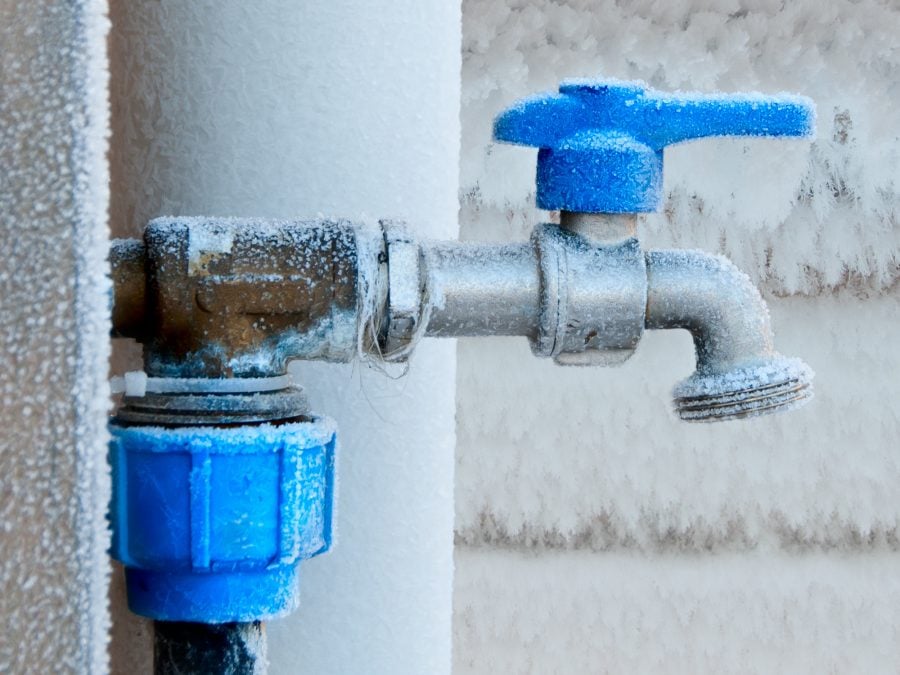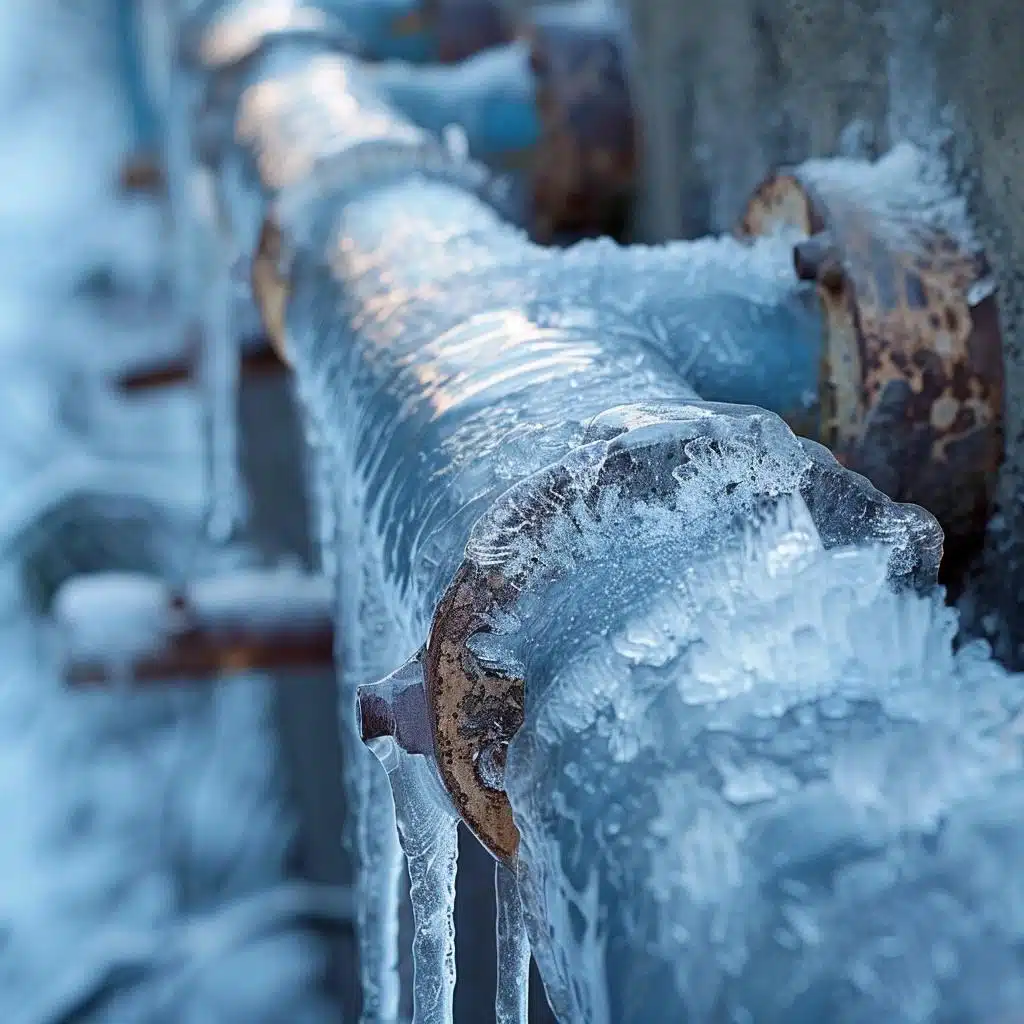Avoiding Frozen Plumbing in Winter: Professional Advice
Avoiding Frozen Plumbing in Winter: Professional Advice
Blog Article
How do you really feel in relation to 6 Ways to Prevent Frozen Pipes?

Winter can wreak havoc on your plumbing, especially by freezing pipes. Here's just how to avoid it from happening and what to do if it does.
Introduction
As temperature levels decrease, the threat of frozen pipes boosts, possibly leading to expensive fixings and water damage. Recognizing how to prevent frozen pipes is important for home owners in cold environments.
Recognizing Icy Pipes
What triggers pipelines to freeze?
Pipes freeze when exposed to temperatures below 32 ° F (0 ° C) for extended durations. As water inside the pipelines ices up, it broadens, putting pressure on the pipe walls and potentially triggering them to burst.
Threats and problems
Frozen pipes can lead to supply of water disruptions, home damages, and costly repairs. Ruptured pipes can flood homes and create considerable architectural damage.
Signs of Frozen Water Lines
Determining icy pipes early can avoid them from rupturing.
How to determine frozen pipelines
Search for decreased water circulation from faucets, uncommon smells or sounds from pipes, and visible frost on revealed pipes.
Avoidance Tips
Protecting susceptible pipes
Cover pipelines in insulation sleeves or utilize warm tape to safeguard them from freezing temperatures. Focus on pipes in unheated or exterior locations of the home.
Heating strategies
Keep indoor areas adequately heated, especially locations with plumbing. Open up cupboard doors to permit cozy air to flow around pipes under sinks.
Safeguarding Outdoor Pipes
Yard hoses and exterior taps
Disconnect and drain pipes yard tubes before winter months. Mount frost-proof faucets or cover outside taps with shielded caps.
What to Do If Your Pipelines Freeze
Immediate actions to take
If you presume frozen pipelines, maintain taps available to alleviate pressure as the ice melts. Make use of a hairdryer or towels taken in warm water to thaw pipes slowly.
Long-Term Solutions
Structural changes
Take into consideration rerouting pipes away from exterior walls or unheated areas. Include additional insulation to attics, cellars, and crawl spaces.
Upgrading insulation
Purchase premium insulation for pipelines, attic rooms, and wall surfaces. Proper insulation aids maintain regular temperature levels and minimizes the threat of icy pipes.
Final thought
Protecting against frozen pipes needs aggressive procedures and quick responses. By comprehending the causes, indicators, and preventive measures, home owners can shield their pipes throughout winter.
5 Ways to Prevent Frozen Pipes
Drain Outdoor Faucets and Disconnect Hoses
First, close the shut-off valve that controls the flow of water in the pipe to your outdoor faucet. Then, head outside to disconnect and drain your hose and open the outdoor faucet to allow the water to completely drain out of the line. Turn off the faucet when done. Finally, head back to the shut-off valve and drain the remaining water inside the pipe into a bucket or container. Additionally, if you have a home irrigation system, you should consider hiring an expert to clear the system of water each year.
Insulate Pipes
One of the best and most cost-effective methods for preventing frozen water pipes is to wrap your pipes with insulation. This is especially important for areas in your home that aren’t exposed to heat, such as an attic. We suggest using foam sleeves, which can typically be found at your local hardware store.
Keep Heat Running at 65
Your pipes are located inside your walls, and the temperature there is much colder than the rest of the house. To prevent your pipes from freezing, The Insurance Information Institute suggests that you keep your home heated to at least 65 degrees, even when traveling. You may want to invest in smart devices that can keep an eye on the temperature in your home while you’re away.
Leave Water Dripping
Moving water — even a small trickle — can prevent ice from forming inside your pipes. When freezing temps are imminent, start a drip of water from all faucets that serve exposed pipes. Leaving a few faucets running will also help relieve pressure inside the pipes and help prevent a rupture if the water inside freezes.
Open Cupboard Doors
Warm your kitchen and bathroom pipes by opening cupboards and vanities. You should also leave your interior doors ajar to help warm air circulate evenly throughout your home.

We are very serious about Prevent Frozen Pipes and I really hope you liked our article. Enjoyed our blog posting? Please share it. Help others find it. Thank you for your time spent reading it.
Start Now Report this page